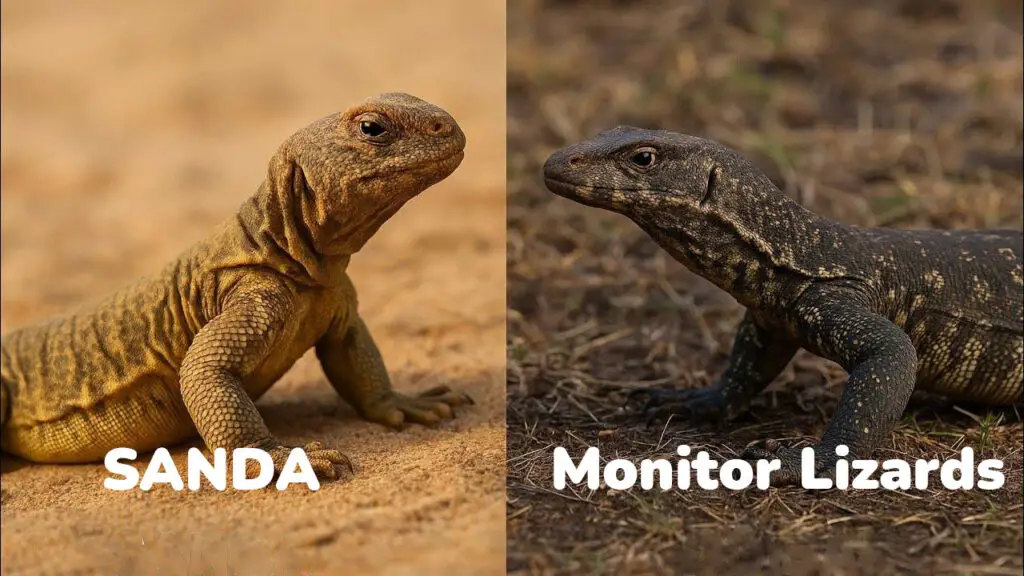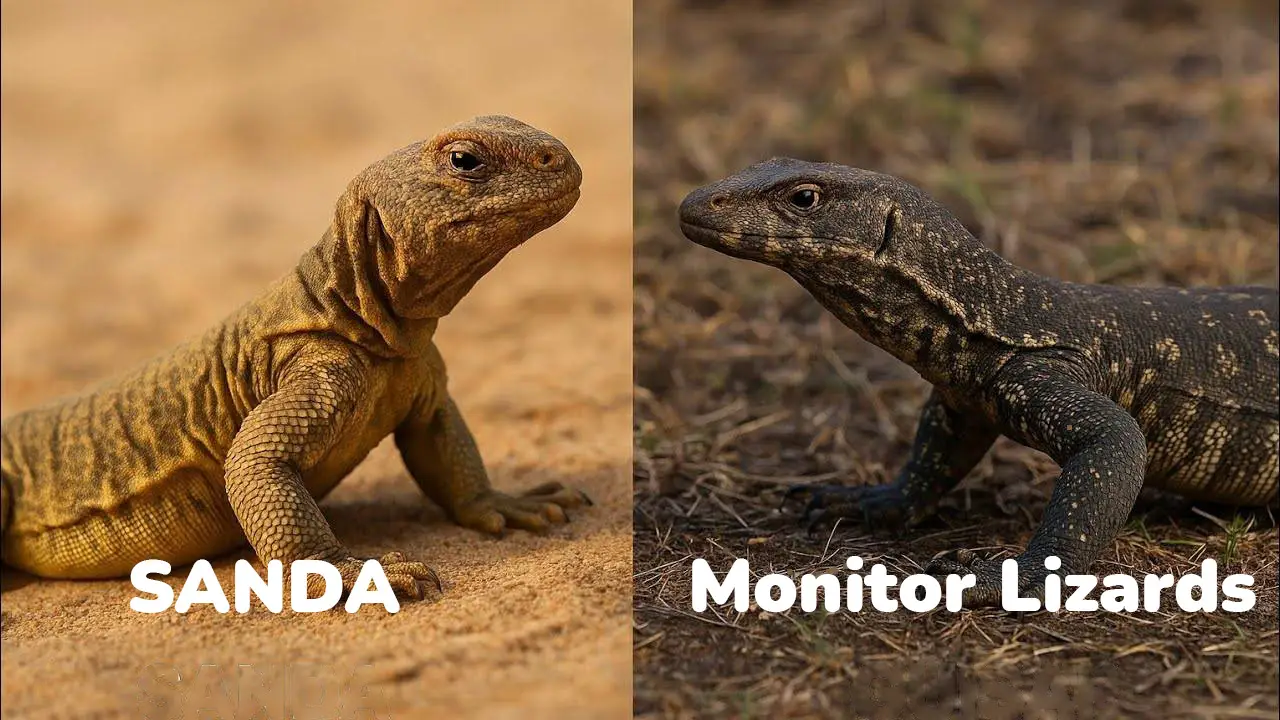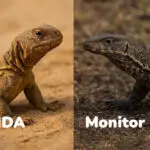Know Sanda and Monitor Lizards
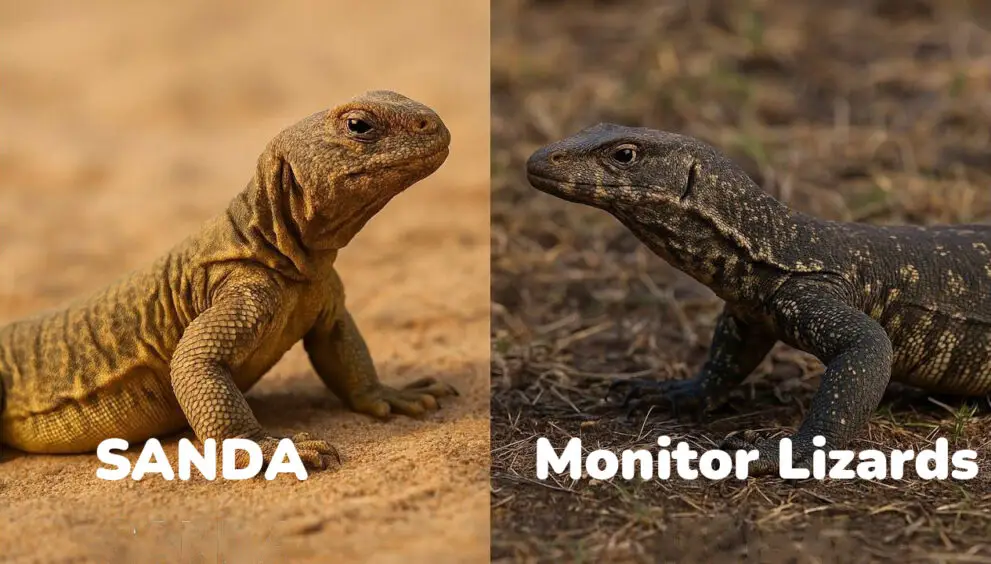
In the wild landscapes of Asia, Africa, and the Middle East, two fascinating reptiles capture both scientific and cultural attention — the Uromastyx, commonly known as Sanda, and the Monitor Lizard. Though they may look similar to the untrained eye, these two species differ significantly in appearance, behavior, history, and their role in nature and local beliefs.
What is Uromastyx (Sanda)?
Scientific Name: Uromastyx spp.
Common Name: Spiny-tailed lizard or Sanda (in South Asia)
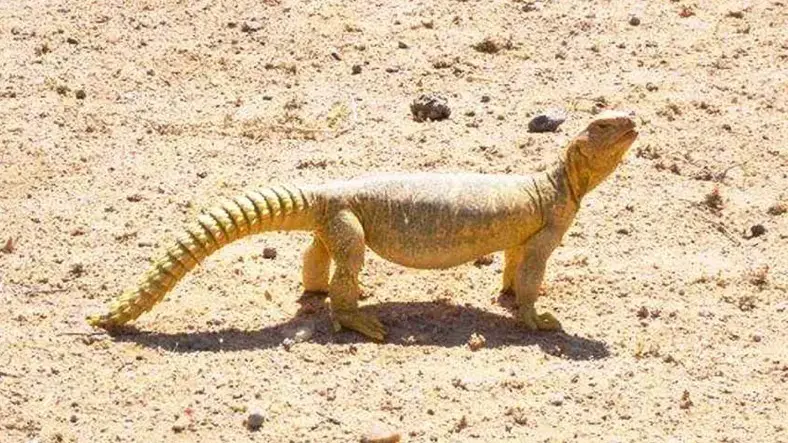
Birth and Development
Uromastyx are egg-laying reptiles. Females lay around 10–20 eggs, which hatch after about 60–80 days. Hatchlings are independent from birth.
Diet and Behavior
Uromastyx are strict herbivores, feeding on dry leaves, flowers, fruits, and seeds. Their digestive system is well-adapted to extract moisture from plant materials — ideal for desert life.
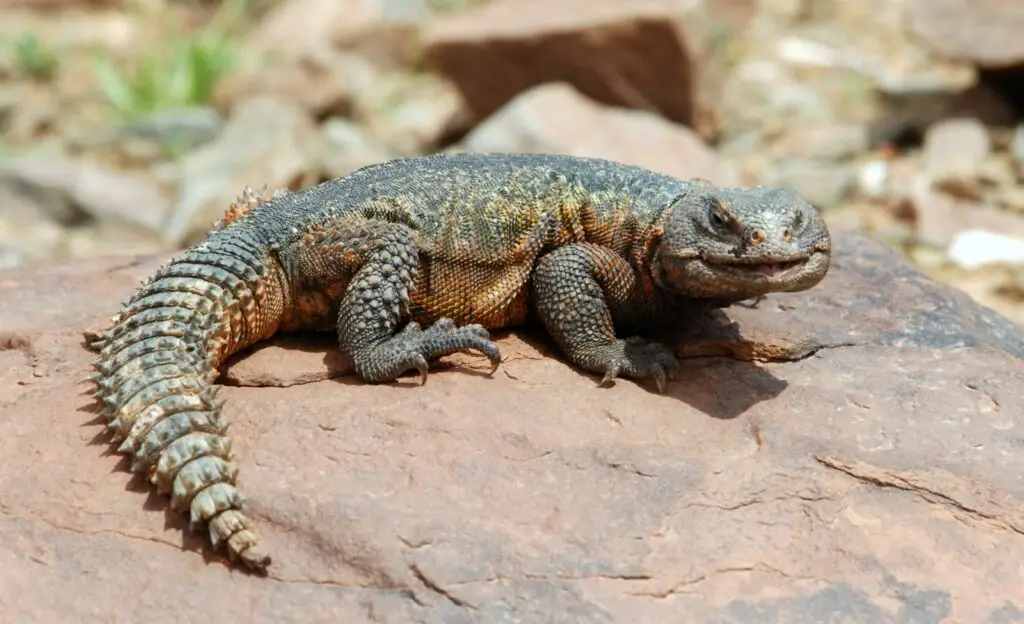
Environment
They thrive in hot, dry, rocky environments such as deserts and scrublands. They dig deep burrows to escape the extreme daytime heat.
Historical and Cultural Use
In South Asian folk medicine, Sanda oil is believed to enhance strength or male virility — a claim unverified by science. Due to these beliefs, they are illegally hunted, which has impacted their populations.
What is a Monitor Lizard?
Scientific Name: Varanus spp.
Common Name: Monitor Lizard, locally called Goh or Bhainso
Birth and Development
Monitor lizards are also oviparous (egg-laying). Some species lay over 20 eggs per clutch, hiding them in burrows or termite mounds. Incubation can take up to 9 months.
Diet and Behavior
Monitors are carnivorous and opportunistic hunters. They eat small mammals, birds, eggs, fish, insects, and even carrion. Some species have venom glands, adding to their predatory effectiveness.
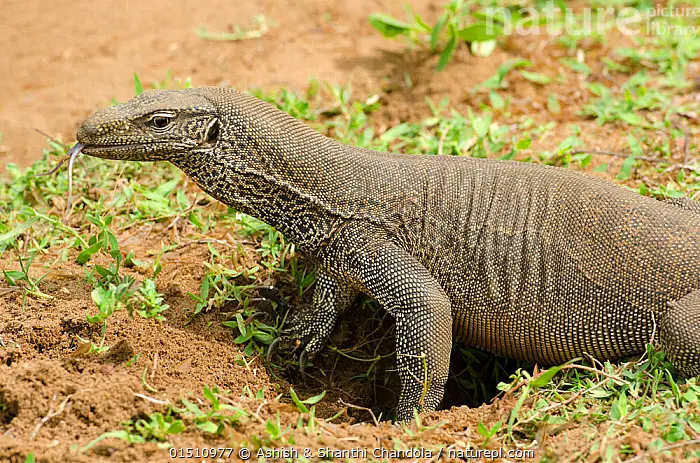
Environment
Unlike Uromastyx, Monitor Lizards inhabit a wider range of environments — from deserts to forests and even wetlands. They are excellent climbers and swimmers.
Historical and Cultural Use
In rural communities, Monitor Lizards have been hunted for their meat, skin (used in leather goods), and fat. Despite protection laws in many countries, illegal hunting continues.
Read More
| Feature | Uromastyx (Sanda) | Monitor Lizard |
|---|---|---|
| Diet | Herbivore | Carnivore/Scavenger |
| Size | 10–36 inches | 3–10 feet (depending on species) |
| Habitat | Rocky, arid deserts | Deserts, forests, wetlands |
| Behavior | Calm, burrow-dwelling | Aggressive, agile, powerful |
| Cultural Use | Medicinal myth (Sanda oil) | Meat, skin, and traditional medicine |
| Reproduction | Lays 10–20 eggs | Lays 20+ eggs in burrows/mounds |


 English
English 